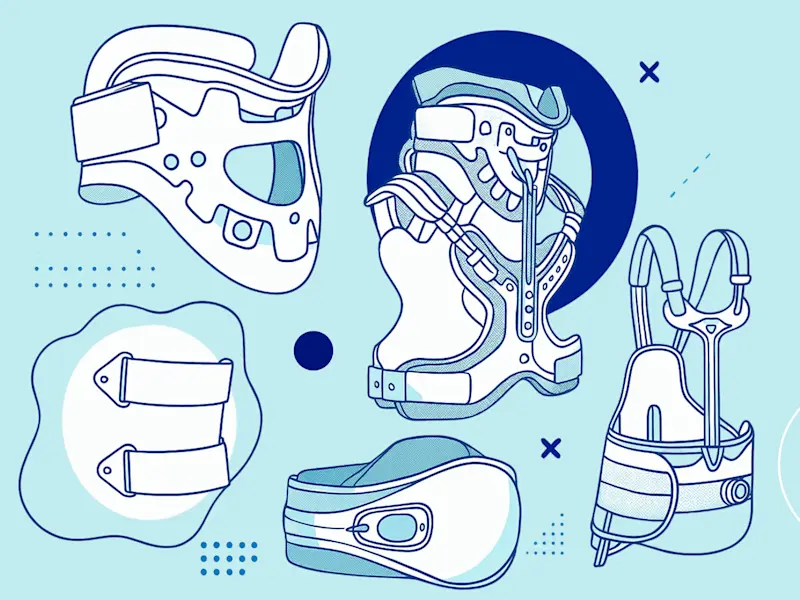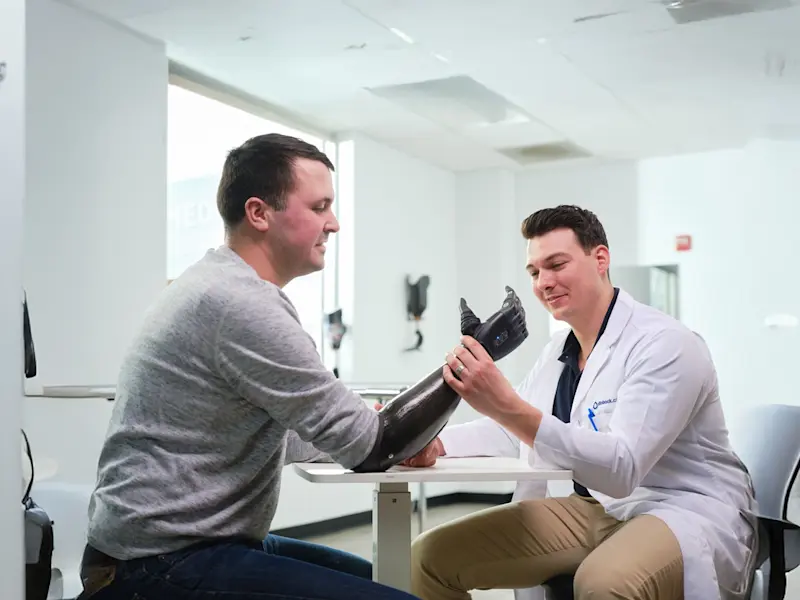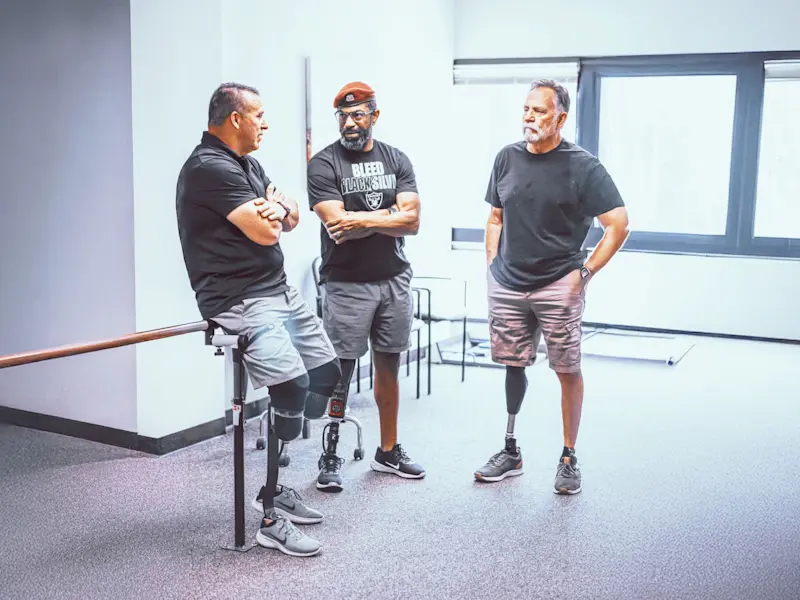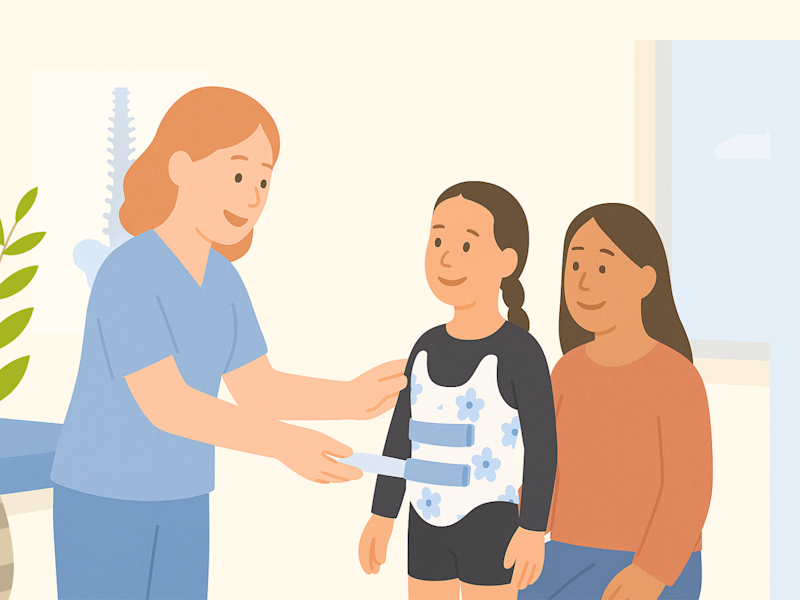What is the difference between Prosthetics and Prostheses?
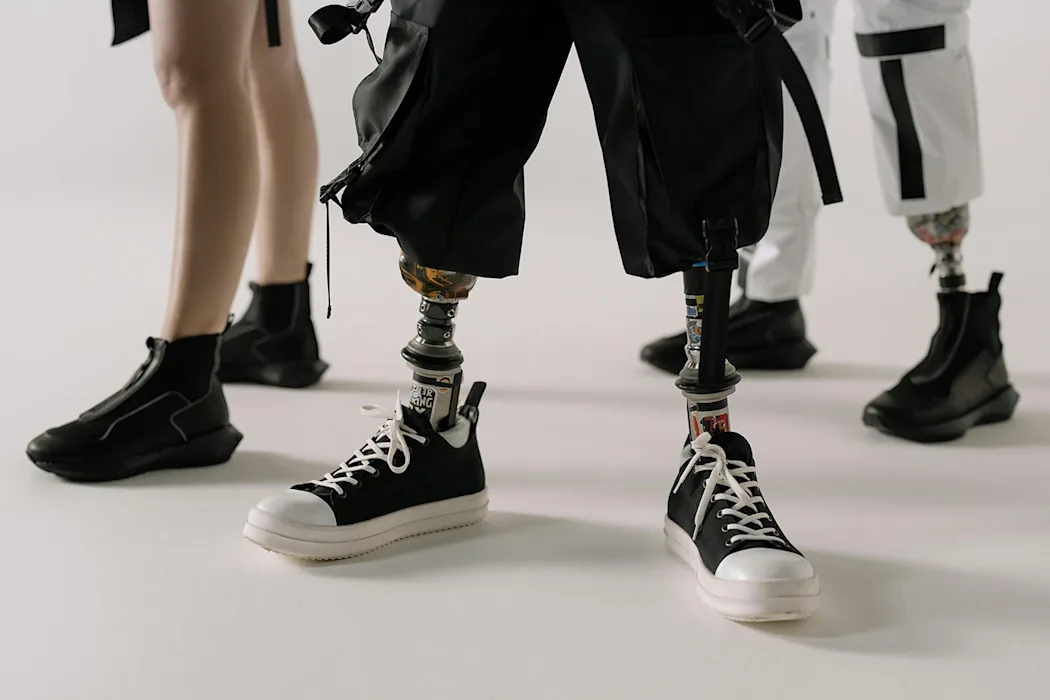
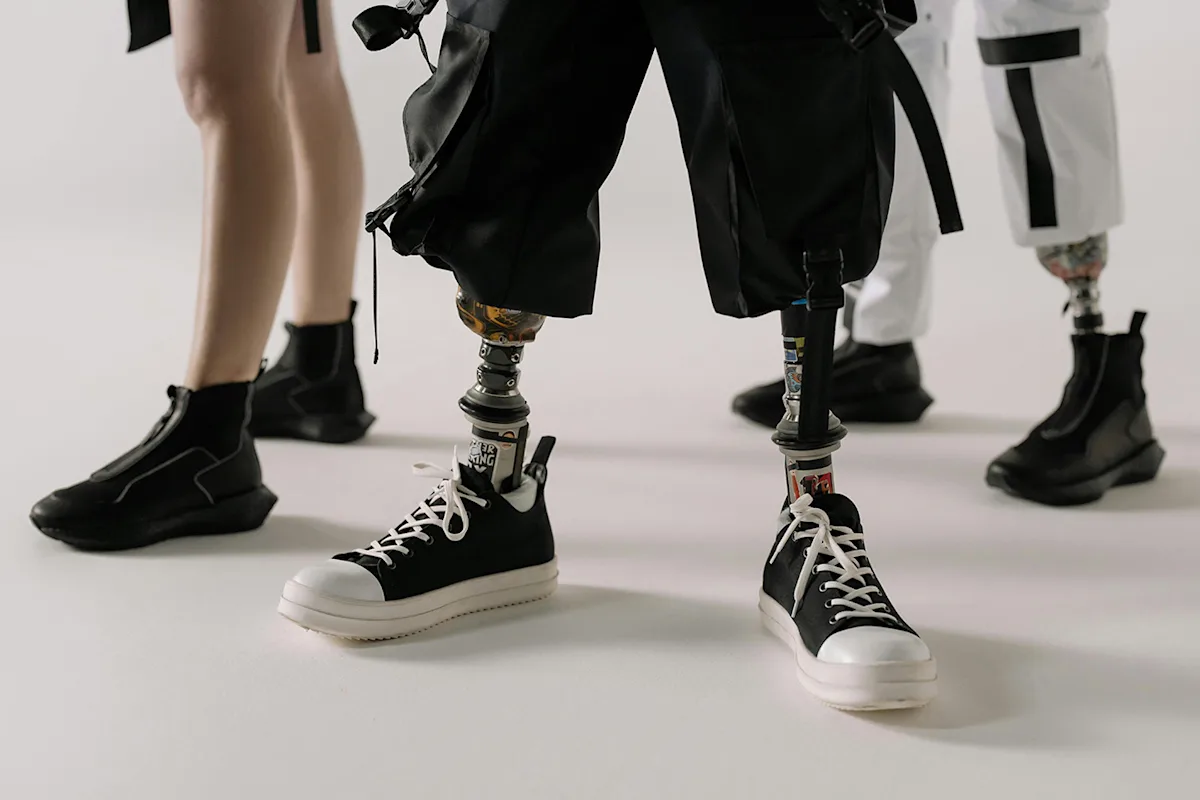
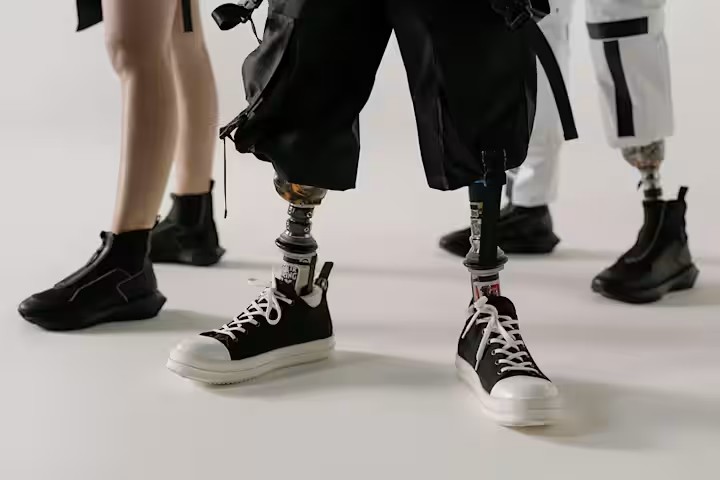
When talking about prosthetic devices, it’s easy to get a little tripped up by the terms. Is it prosthetic or prosthesis? Whether you’re a new patient, a family member, or just curious, this quick guide will help clear things up.
Prosthetic
(Singular, Adjective)
What it means: The word prosthetic is most often used as an adjective — it describes something related to a prosthesis. For example, “prosthetic care” refers to services and support around artificial limbs. However, in everyday conversation, many people also use prosthetic as a noun (short for prosthetic device). It’s common to hear someone say, “This is my prosthetic.” While informal, it’s widely understood and perfectly acceptable in casual settings.
Example: “Our clinic provides expert orthotic and prosthetic care to support every step of your journey.”
Prosthetics
(Plural, Field or Category)
What it means: Prosthetics is the field or specialty focused on designing and fitting artificial limbs. It’s often paired with Orthotics, which focuses on supportive devices like braces.
Example: “She decided to pursue a career in prosthetics and orthotics after seeing how much they helped her brother.”
Prosthesis
(Singular, Noun)
What it means: A prosthesis is one artificial limb. Whether it’s an arm, leg, foot, or hand, each one is called a prosthesis. The term is clinical but very important in understanding your device.
Example: “My prosthesis fits well and helps me stay active.”
Prostheses
(Plural, Noun)
What it means: The word prostheses is just the plural of prosthesis. If you use more than one prosthetic device, like two legs or both arms, this is the correct term to use.
Example: “Both of my arm prostheses allow me to perform daily tasks more independently.”
When talking about orthotic devices, it’s easy to get mixed up with similar-sounding terms. Is it orthotic or orthosis? Whether you’re a new patient, a clinician, or just curious, this quick guide will help make things clear.
Orthotic
(Singular, Adjective)
What it means: The word orthotic is most often used as an adjective — it describes something related to an orthosis. For example, “orthotic care” refers to services and support around braces and supportive devices.
However, many people casually use orthotic as a noun (short for “orthotic device”), like saying, “This is my orthotic.” That’s common in conversation and totally acceptable in informal settings.
Example: “Our clinic provides expert orthotic care for all mobility needs.”
Orthotics
(Plural, Noun)
What it means: Orthotics is the medical field or specialty focused on designing, fabricating, and fitting orthoses(braces and support devices). It’s often mentioned alongside prosthetics as part of the combined discipline orthotics and prosthetics.
Example: “He studied orthotics and prosthetics in school to become a certified practitioner at Ottobock.care.”
Orthosis
(Singular, Noun)
What it means: An orthosis is one device designed to support or correct the function of a body part — for example, a brace for the ankle, back, or wrist. Each device is called an orthosis, regardless of the body part it supports.
Example: “My ankle-foot orthosis helps keep my foot stable when I walk.”
Orthoses
(Plural, Noun)
What it means: This is simply the plural form of orthosis. If you wear multiple braces or supportive devices, this is the correct word to use.
Example: “The orthoses I wear on both legs make walking easier and reduce pain.”
Get a Consultation
Are you ready to take the next step towards improved mobility and comfort? Find an orthotics and prosthetics clinic near you and schedule your appointment today!






